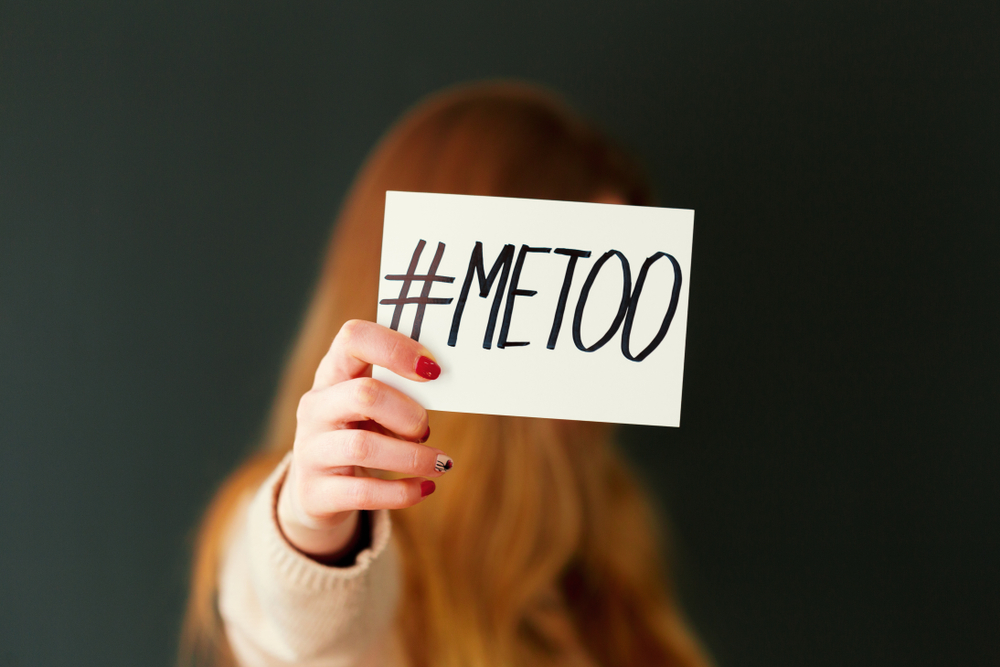15 June 2018
Sexual Harassment in the Workplace
The recent #MeToo and #TimesUp movement has shone an important spotlight on unwanted sexual behaviour. In Australia, the facts speak for themselves and it is not only women who are affected.
Approximately:
- 1 in 2 women (53% or 5 million) had experienced sexual harassment by a male or female perpetrator during their lifetime[1]; and
- 1 in 4 men (25% or 2.2 million) had experienced sexual harassment by any person throughout their lifetime[2].
What is sexual harassment according to the law?
According to section 28A of the Sex Discrimination Act 1984 (the Act), sexual harassment is any unwelcome sexual advance, or an unwelcome request for sexual favours, to the person harassed or if a person engages in other unwelcome conduct of a sexual nature in relation to the person harassed.
There is no one size fits all in relation to sexual harassment, it can be insidious, obvious or indirect, physical or verbal, repeated or one-off. To that end, each case will be unique in its facts and or matters, but it must be of an unwelcome sexual nature. Bearing that in mind however, it must be noted that sexual harassment is not interaction, flirtation or friendship which is mutual or consensual.
In what circumstances is sexual harassment unlawful?
The Act states it is unlawful for an individual to sexually harass another in a number of areas, including employment, education, the provision of goods and services and accommodation.
If follows that the application of the Act is broad, and sexual harassment can occur in many different circumstances, and places of settings. Accordingly employers ought to be specifically aware of their obligations regarding not only internal work policies, but also policies relating to external contact with the general public.
As a specific example to the workplace and employment circumstance, section 14 of the Act states that:
(1) It is unlawful for an employer to discriminate against a person on the ground of the person’s sex, sexual orientation, gender identity, intersex status, marital or relationship status, pregnancy or potential pregnancy, breastfeeding or family responsibilities:
(a) in the arrangements made for the purpose of determining who should be offered employment;
(b) in determining who should be offered employment; or
(c) in the terms or conditions on which employment is offered.
(2) It is unlawful for an employer to discriminate against an employee on the ground of the employee’s sex, sexual orientation, gender identity, intersex status, marital or relationship status, pregnancy or potential pregnancy, breastfeeding or family responsibilities:
(a) in the terms or conditions of employment that the employer affords the employee;
(b) by denying the employee access, or limiting the employee’s access, to opportunities for promotion, transfer or training, or to any other benefits associated with employment;
(c) by dismissing the employee; or
(d) by subjecting the employee to any other detriment.” [3]
What can I do if I have been sexually harassed?
A complaint may be made to the Australian Human Rights Commission and it may be submitted online. The Commission is an independent agency that investigates and resolves complaints about unlawful sex, race, disability and age discrimination. The Commission will investigate your complaint free of charge and once the investigation has been carried out, the parties will be encouraged to participate in conciliation, which is a meeting where the parties try to find a way to resolve the complaint. [4]
The Commission does not have the power to decide if what you are complaining about is unlawful discrimination. However, if your complaint is not resolved, you may be able to commence proceedings in the Federal Court of Australia or the Federal Circuit Court. You will have 60 days from when the Commission finalises the complaint to make an application to the Court. The Commission cannot commence proceedings on your behalf or help you present your case in court. It is important that you obtain legal advice if you would like to take your matter to court. [5]
What can be done about sexual harassment in the workplace?
It is important for employers to create training programs, set a process for punishing offenders and remediating victims, and set a strategy for media relations, confidentiality and whisteblower protection[6].
If you have been sexually harassed in the workplace, or your policies and procedures in relation to sexual harassment are out of date or non-existent, please contact us without delay.
Aleksandra Symenovych – Lawyer
[1] 2016 Personal Safety Survey
[2] Ibid.
[3] Section 14 of the Sex Discrimination Act 1984
[4] Australian Human Rights Commission, Guide to the complaint process
[5] Ibid
[6] https://www.lawyersweekly.com.au/biglaw/23387-time-s-up-for-australian-lawyers-to-ignore-sexual-misconduct?utm_source=LawyersWeekly&utm_campaign=09_06_18&utm_medium=email&utm_content=1 and Carrie Goldberg
